Tennis Truths
The Unexpected Competition Of College Tennis
Junior Bryce Bailey hits a net shot during the Georgetown tournament on on Feb. 8. “College tennis is extremely competitive in the sense that if you’re a college tennis player, you could be competing against someone who is already [at a] professional level,” Bailey said.
March 4, 2019
Every year, high school tennis players strive for greatness by attempting to reach their goal of playing on a college tennis team and many also try for scholarship money. Achieving this, however, is far more of a challenge than one would expect, due to the competitive nature of the sport and the limited number of offered scholarship programs.
According to CollegeScholarships.org, the most common form of scholarship money is from the National Collegiate Athletic Association, or NCAA. In terms of options for women’s tennis, there are approximately 320 Division I, 212 Division II and 361 Division III scholarship programs and the NCAA allows for eight scholarships for each Division I and six for each Division II. Men’s tennis, on the other hand, is even more of a challenge, where there are about 263 Division I, 161 Division II and 314 Division III tennis scholarship programs and each Division I and Division II are allowed about four and a half scholarships.
Varsity tennis player and junior, Bryce Bailey, said that despite being a United States Tennis Association champ in the 18s age bracket, he is doubtful he will have the opportunity to play in college.
“As far as college tennis goes, I’m not really sure if I will [play] because scholarships are only offered to Division II and above,” Bailey said. “College tennis is extremely competitive because you’re competing for a spot on any college team with people around the world. [This includes] Europeans, plus a good majority of college players are nationally or internationally ranked.”
According to Scholarshipstats.com, a website which uses and compiles statistical data from many official college team rosters, only an average of 4.4 percent of high school boys and 4 percent of high school girls go on to play college tennis. Due to this information and the personal experiences of the players, Bailey is not the only one who isn’t sure about playing in college.
“College tennis is a mental game and individual game,” varsity tennis player and sophomore, Sierra Setliff, said. “I might just play as a hobby to focus on my studies because I know how much time is put into college tennis and I’d rather spend it on my [education].”
One student-athlete, however, is planning on taking it to the big leagues. After deciding to take her senior year off from the school tennis team to focus on her education and her own personal game, senior Kylee Ramsey said that she hopes to play collegiate tennis in a competitive conference with a school that has a solid record.
“Playing collegiate tennis has been the biggest dream of mine,” Ramsey said. “To have the opportunity to play a sport I love while also furthering my education is something I’m so grateful for. I want to be part of a team that is built on a close-knit community, where we encourage one another to accomplish a new goal each day.”
Ramsey’s current plan is to play for a Division III school, but these schools are not authorized by NCAA to give scholarship money. Although, according to Ramsey, most schools will work with the coach to figure out a way to get the student as much financial aid as possible if they believe that that the student is a strong contender for their team. The student is also required by most schools to fill out a Free Application for Federal Student Aid, or FAFSA.
“I personally have applied to a few local scholarships already,” Ramsey said. “Every coach I’ve talked to thus far has told me I will receive money from the university based on my GPA [and] test scores.”
While college tennis is something Ramsey is working hard towards, she also said that she is well aware of the dedication and perseverance it takes to be on a team and is ready to take on the challenge.
“I truly think tennis is competitive because of the fact that everything you do is dependent upon yourself,” Ramsey said. “Tennis is also very much a mental sport. If you feel nervous, then you’re going to get tense and it will reflect in your game. I have yet to decide where I will be playing, but I know that playing college tennis will be the best years of my life.”


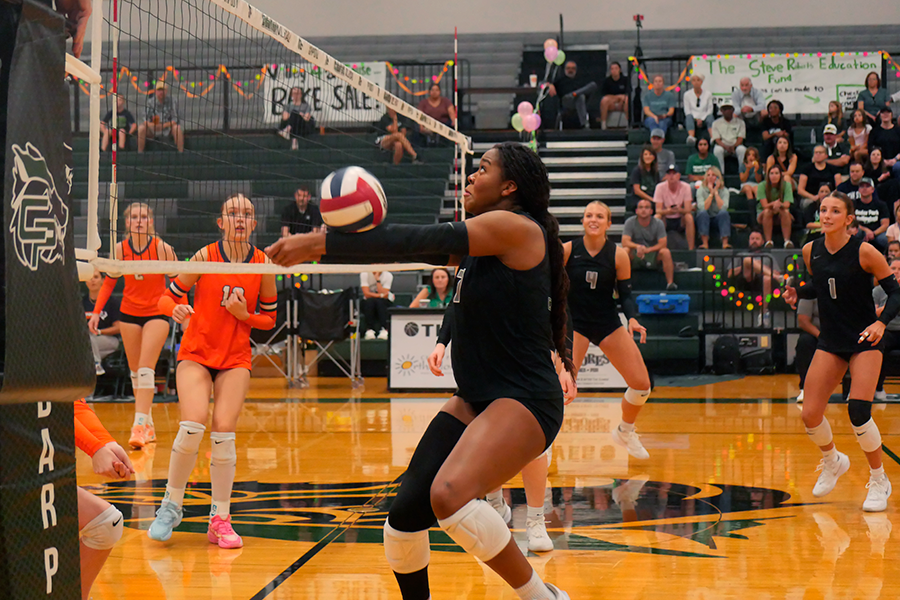
![Jumping off the ground, senior linebacker Bennett Patton snatches the ball out of the air for an interception at Thursday’s game against Chaparral. Patton had two interceptions in the 56-14 victory, tying the school record for interceptions in a game. “I was just playing the game,” Patton said. “[I’m] going to go into next week, forget about it and stay humble.” Photo by Harper Chapman](https://cphswolfpack.com/wp-content/uploads/2025/09/bennett-interception.jpg)
![The fire department came to the school after students were evacuated when smoke started coming from the ceiling of a classroom. All students and staff are safe. “All of my friends left their stuff too, so we couldn’t contact our parents, and it was stressful,” senior Brynn Fowler said. “It was scary because I didn’t know [what was going on], and I couldn’t find anyone because it was a big crowd.” Photo by Anthony Garcia](https://cphswolfpack.com/wp-content/uploads/2025/09/firetruck.jpg)
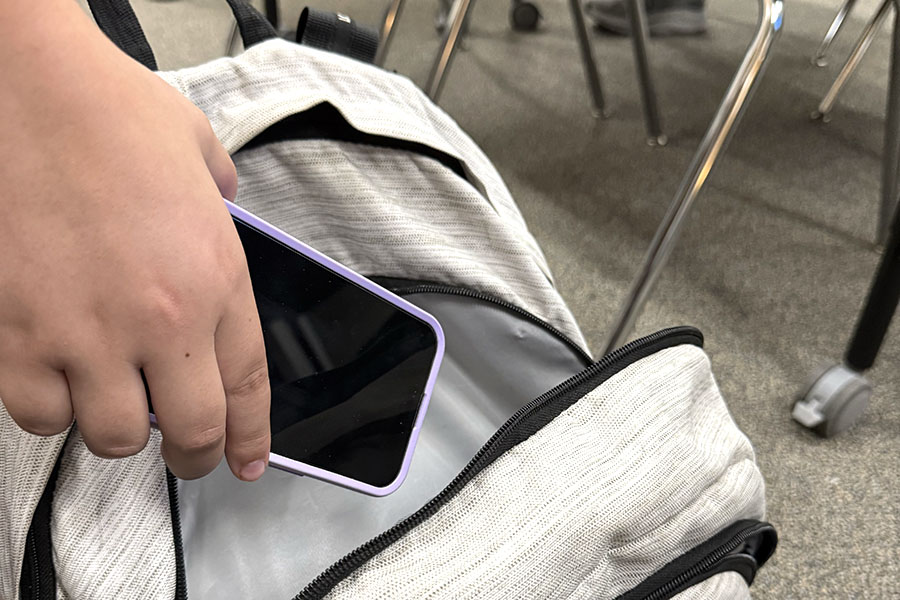

![Sitting with her friend senior Sohpia Struve at last year’s Austin City Limits Festival, senior Ava Zuniga poses for a picture under a pavilion. They are frequent attendees at ACL, an annual music festival at Zilker Park. “I would recommend seeing a bunch of people,” Zuniga said. “This past year, we camped out for Chappell [Roan] for a really long time. I think the whole point of ACL, [which] is a lot of fun, is that you can go see so many different people, even if you don’t know them. So by camping by one person, it really limits yourself from being able to go see a bunch of people.” Photo courtesy of Ava Zuniga](https://cphswolfpack.com/wp-content/uploads/2025/10/EE9E9484-FE6F-4AA0-B5F5-0C177AB32841-1200x857.jpeg)
![Broadcast, yearbook and newspaper combined for 66 Interscholastic League Press Conference awards this year. Yearbook won 43, newspaper won 14 and broadcast took home nine. “I think [the ILPC awards] are a great way to give the kids some acknowledgement for all of their hard work,” newspaper and yearbook adviser Paige Hert said. “They typically spend the year covering everyone else’s big moments, so it’s really cool for them to be celebrated so many times and in so many different ways.”](https://cphswolfpack.com/wp-content/uploads/2025/05/edited-ILPC.jpg)




![Looking down at his racket, junior Hasun Nguyen hits the green tennis ball. Hasun has played tennis since he was 9 years old, and he is on the varsity team. "I feel like it’s not really appreciated in America as much, but [tennis] is a really competitive and mentally challenging sport,” Nguyen said. “I’m really level-headed and can keep my cool during a match, and that helps me play a bit better under pressure.” Photo by Kyra Cox](https://cphswolfpack.com/wp-content/uploads/2025/09/hasun.jpg)
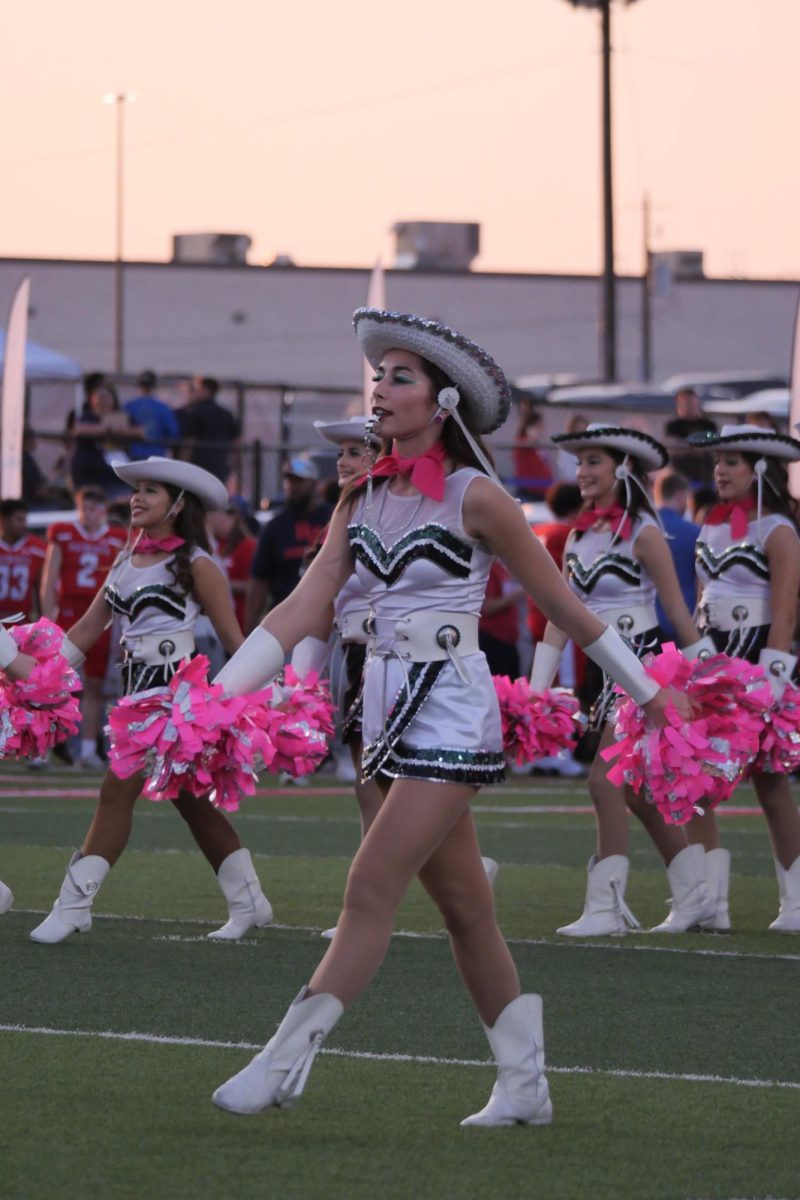

![Bringing her arm over her head and taking a quick breath, junior Lauren Lucas swims the final laps of the 500 freestyle at the regionals swimming competition on date. Lucas broke the school’s 18-year-old record for the 500 freestyle at regionals and again at state with a time of 4:58.63. “I’d had my eye on that 500 record since my freshman year, so I was really excited to see if I could get it at regionals or districts,” Lucas said. “ State is always a really fun experience and medaling for the first time was really great. It was a very very tight race, [so] I was a bit surprised [that I medaled]. [There were] a lot of fast girls at the meet in general, [and] it was like a dogfight back and forth, back and forth.” Photo by Kaydence Wilkinson](https://cphswolfpack.com/wp-content/uploads/2025/03/Kaydence-2.7-23-edit-2.jpg)
![As the support team sits and poses for a photo in the cafeteria with the counseling team they eagerly wait to start their day. "We [all] seem to be a team, I get up every day and there's days where I don't want to go to work today, but I'm thankful that I have a job and I'm blessed to have what I have," Christopherson said. Photo Courtesy of Julie Weltens.](https://cphswolfpack.com/wp-content/uploads/2025/01/AF9E8470-10D7-4C91-BF28-EC8F86BAB66C-1200x852.jpeg)
![Officer Stephanie Cash is in her second year as an SRO at CPHS. “Seeing [students] grow over the years has been kind of cool,” Officer Cash said. “Freshmen that [are] all over the place and then in the next couple of years get a little more squared away and go to class and do work and start thinking about the future. Being a part of a student's growth is the best way to measure my success as an SRO.” Photo Courtesy of Cedar Park Police Department's PIO, Alicia Gallagher.](https://cphswolfpack.com/wp-content/uploads/2024/12/CPHS-SRO-900x1200.jpg)
![As he sprints with the ball, senior running back Trae Hill breaks a tackle during Friday’s 35-14 loss against the Vandegrift Vipers. Hill ran for 135 yards and two touchdowns during the game. “[Scoring] was electric,” Hill said. “It always feels good to score, but the O-line did everything.”](https://cphswolfpack.com/wp-content/uploads/2025/09/IMG_0795allie.varfb_-1200x799.jpg)














![Junior Bryce Bailey hits a net shot during the Georgetown tournament on on Feb. 8. "College tennis is extremely competitive in the sense that if you're a college tennis player, you could be competing against someone who is already [at a] professional level," Bailey said.](https://cphswolfpack.com/wp-content/uploads/2019/02/IMG_1579-900x600.jpg)


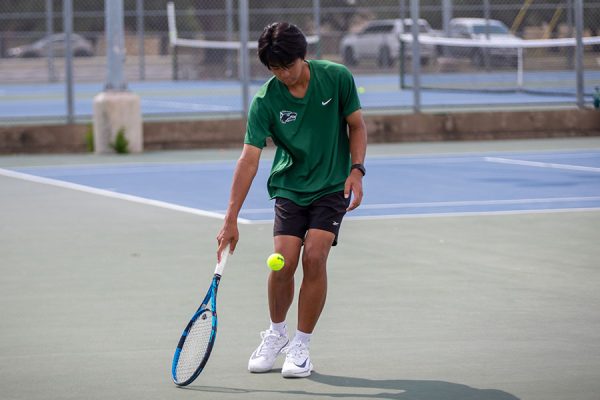

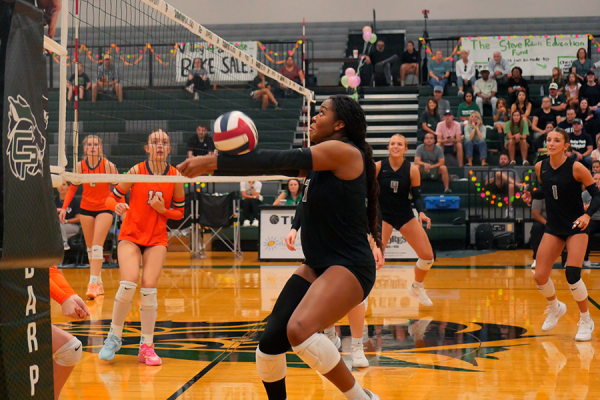
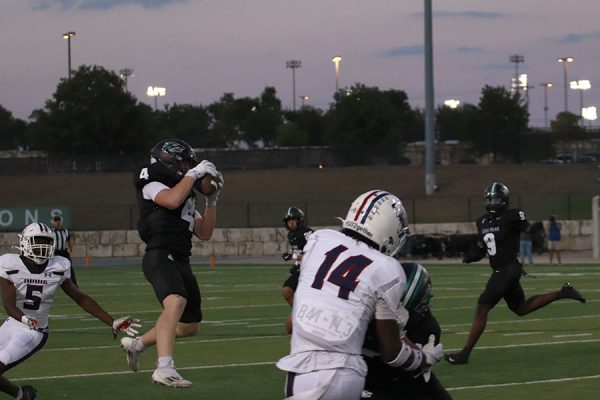


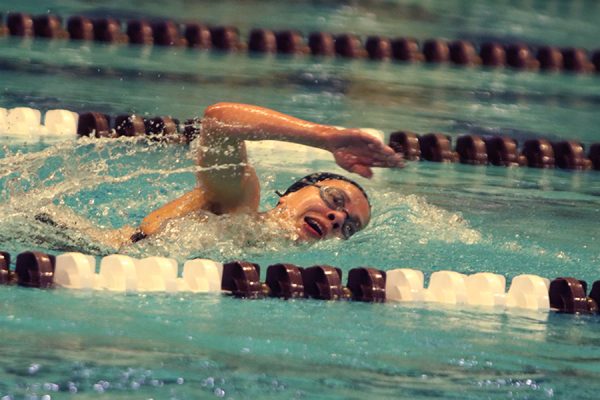
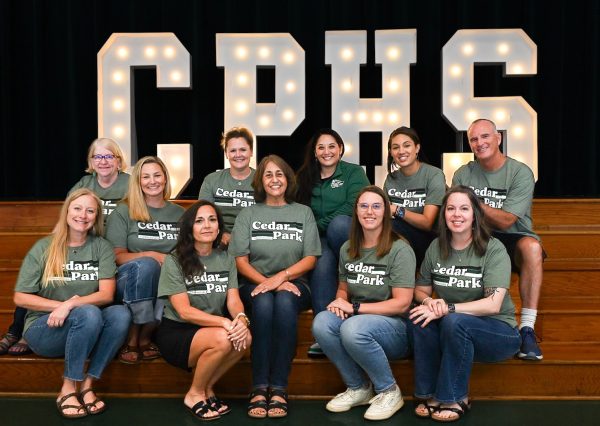

![The fire department came to the school after students were evacuated when smoke started coming from the ceiling of a classroom. All students and staff are safe. “All of my friends left their stuff too, so we couldn’t contact our parents, and it was stressful,” senior Brynn Fowler said. “It was scary because I didn’t know [what was going on], and I couldn’t find anyone because it was a big crowd.” Photo by Anthony Garcia](https://cphswolfpack.com/wp-content/uploads/2025/09/firetruck-300x200.jpg)

![Finishing her night out after attending a local concert, senior Grace Sauers smiles at the camera. She recently started a business, PrettySick, that takes photos as well as sells merch at local concert venues. Next year, she will attend Columbia Chicago College majoring in Graphic Design. “There's such a good communal scene because there [are] great venues in Austin,” Sauers said. “I'm gonna miss it in Austin, but I do know Chicago is good, it's not like I'm going to the middle of nowhere. I just have to find my footing again.” Photo Courtesy of Grace Sauers.](https://cphswolfpack.com/wp-content/uploads/2025/04/Grace-300x225.png)


